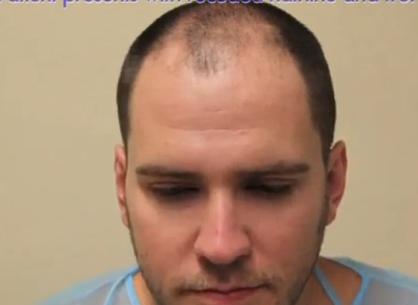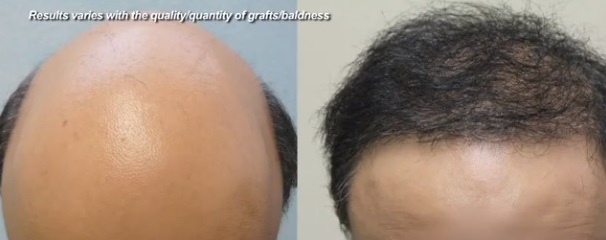Ayger was also sold a suspicious hair growth serum whose ingredients were not clearly disclosed. He noticed even more hair loss during the time that he used it.
The company who offered these products and services was actually one of many enterprises headed by Steve Sindris, whom MSN labeled as a hair industry professional. A court in Australia prohibited him from selling treatment products for hair loss. He was also ordered to pay a $100,000 fine and to issue an amount of $3500 to one of his customers.
Product Treatments for Restoring Hair – Avoiding Scams : How to Determine if A Product For Restoring Hair is A Scam or Not
Regular consumers can certainly make prudent decisions on what treatment decisions are best for their needs. One does not have to be a biochemist or have any type of medical expertise to make such determinations.
While hair loss can be an emotionally distressing experience, it is first important to try and be as neutral about it as possible.
Poor and costly decisions are often made when individuals are feeling a great deal of anxiety and worry over their condition.
Besides consulting a doctor to rule out other possible causes (besides genetics) of hair loss, it is important to actually understand the basic anatomy of a hair follicle. In other words, the issue of DHT (dehydrotestosterone) causing these structures to miniaturize occurs at the base, not the top part of the structure. Therefore most topically applied products (with perhaps the exception of Minoxidil) are not likely to affect this region. For example, DHT hair shampoos which claim to wash out excess amounts of this byproduct from the pores, will not be an effective way to manage hair loss.
Many of the companies which manufacture products marketed towards those who are experiencing balding and shedding are able to present some type of research findings. But these are not actual published studies.
Those who are interested in purchasing products to help restore hair should also become familiar with the type of research that is being done by scientists at leading universities. This type of information can be obtained through simple online searches.
Individuals are advised to educate themselves on buzz terms they come across like laser treatment for hair loss, hair cloning and even hair multiplication. It is important to understand exactly what is being done, the state of current research findings and whether or not there is solid and convincing evidence of their effectiveness.
And as a final tip for making decisions about hair restoration products and services, joining online forums like Real Self offers opportunities for individuals to get actual advice and insights from physicians.

Why The Processing Methods of Natural Hair Ingredients Matter

